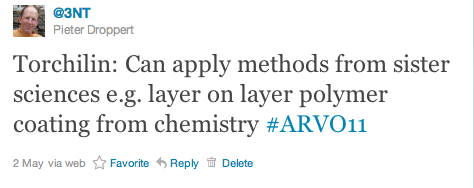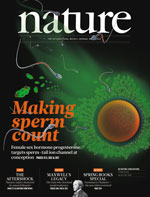San Francisco – the AACR-NCI-EORTC international conference on Molecular Targets and Cancer Therapeutics kicked off last Saturday with two educational sessions, including one that I attended on “Clinical Trial Paradigms in the Era of Novel Therapies.”
The session had an impressive line-up of speakers:
- New paradigms for early-phase trials (James Doroshaw)
- Phasing out phase III trials: How much evidence do we need if the target is clearly hit? (Jaap Verweij)
- Development of clinical trials incorporating genomic signatures: Lessons learned? (Lisa McShane)
- Clinical trial designs for targeted therapies (John Crowley)
James H. Doroshow, deputy director for clinical and translational research at the National Cancer Institute, started his presentation by reviewing the causes of phase II trial failure:
- 19% Safety
- 51% Efficacy
- 29% Strategic
He stated that the overall success rate of recent phase II trials was 18%.
As the debate continues about whether more cancer clinical trials should be done in Phase 2, the key issue according to Doroshow remains lack of a demonstrable proof of mechanism (POM) in many drug trials. That goes hand-in-hand with a lack of molecular markers which can be used to select trial subjects.
“Lack of molecular markers with proven clinical utility follows lack of clinically-demonstrable proof of mechanism”
He provocatively asked:
Should we perform early phase trials without generating evidence supporting POM patient by patient?
His view was that to obtain POM, you need to demonstrate drug action on intended tumor target early in development, prior to expectation of efficacy.
 Jaap Verweij in his presentation used the examples of crizotinib, vismodegib, vemurafenib and imatinib in GIST as examples of drugs that had:
Jaap Verweij in his presentation used the examples of crizotinib, vismodegib, vemurafenib and imatinib in GIST as examples of drugs that had:
- functionality for a target
- aimed at a specific population
- availability of a selection marker.
They are the poster children of targeted therapy, and he convincingly showed that the phase 1 trials of those compounds were largely predictive of the phase 3 results.
His conclusion was that phase I trial can be considered predictive of a phase III study so long as there is a large enough sample size.
“We may need to look for bigger increments which should allow us to perform smaller trials,” he said. This would allow trials that are quicker and cheaper. However, he acknowledged that it was not likely we can completely eliminate phase 3 trials particularly for combination therapies or chemotherapies.
John Crowley reviewed the different phase III trial designs, including my least favorite, the “all comer” design. The ridaforolimus sarcoma phase 3 trial presented at ASCO this year is a good example of how an “all comer” design yielded less than stellar results, and failed to identify the subset of sarcoma patients that optimally respond. This is the type of phase 3 trial that runs the risk of failure if there are too many non-responders in the heterogeneous patient population. This problem can often be avoided by more rigour in phase 2 trials to identify the optimal treatment period, relevant biomarkers and subsets of patients most likely to respond.
There is a lot of interest in how to design cancer clinical trials better, bring drugs to market more quickly and more efficiently. While I enjoyed the content of this session, I did wonder whether it would have been better presented as a roundtable with more audience interaction and engagement rather than the perspective of a few.
A webcast of this session will be available on December 8 from the American Association for Cancer Research (AACR).

 Following yesterday’s
Following yesterday’s 
 Happy New Year!
Happy New Year! We aren’t talking about financial things such as cost toxicity, or even how doctors should be paid, but meaty scientific aspects that we need to watch out for. If we are going to improve on cancer research and R&D in the future, these issues will be important.
We aren’t talking about financial things such as cost toxicity, or even how doctors should be paid, but meaty scientific aspects that we need to watch out for. If we are going to improve on cancer research and R&D in the future, these issues will be important. One way to do that is through the second part of the Gems from the Post Hall series. This latest one looks at a range of intriguing new targeted therapies and novel targets that are emerging, including a pharma company with a particularly interesting early pipeline.
One way to do that is through the second part of the Gems from the Post Hall series. This latest one looks at a range of intriguing new targeted therapies and novel targets that are emerging, including a pharma company with a particularly interesting early pipeline. Jaap Verweij in his presentation used the examples of crizotinib, vismodegib, vemurafenib and imatinib in GIST as examples of drugs that had:
Jaap Verweij in his presentation used the examples of crizotinib, vismodegib, vemurafenib and imatinib in GIST as examples of drugs that had:

